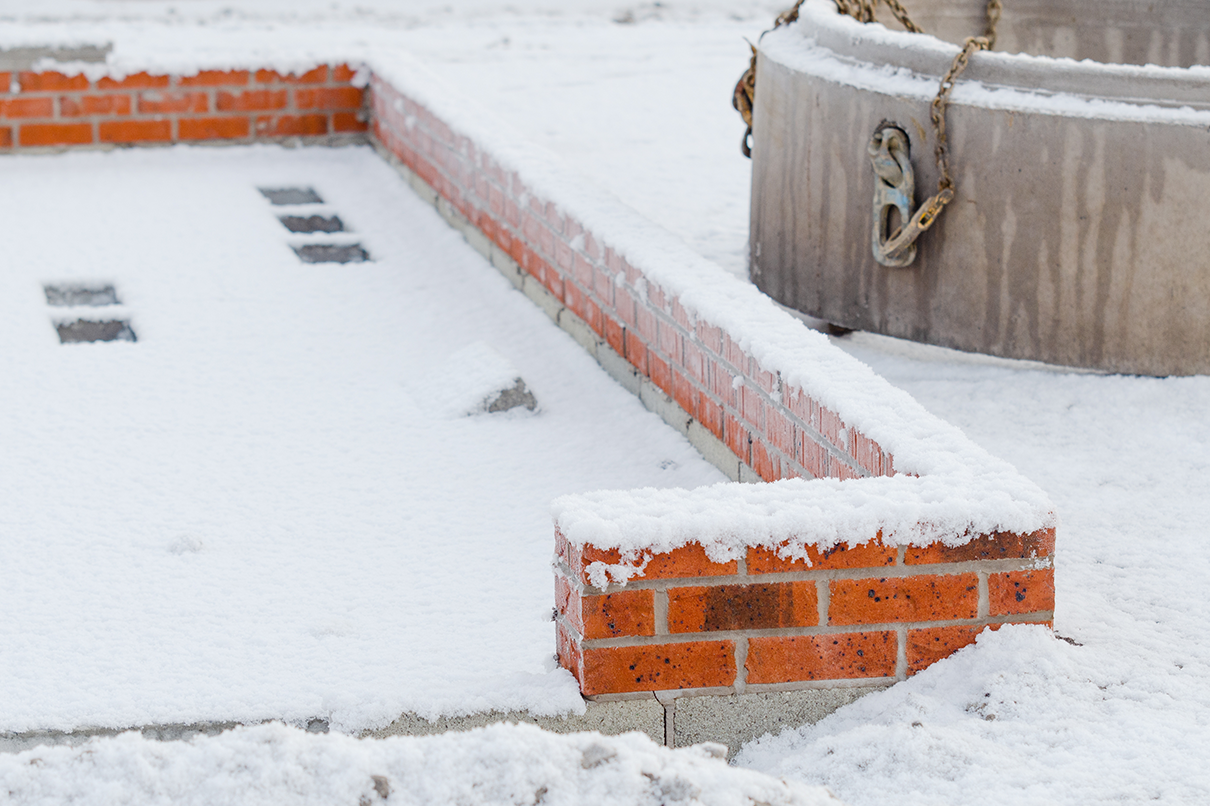
The UK may have experienced its third warmest autumn on record, but the temperatures have now plummeted – winter has arrived, and with it a host of new or heightened risks on construction sites. Employers are responsible for employees’ safety onsite, and the Health and Safety Executive has recently targeted construction sites to raise awareness of health issues relating to moving and handling materials as part of a health inspection initiative.
In 2021, 40,000 construction workers suffered from injuries and joint pain1, impacting direct tasks, workers’ quality of life and their ability to earn a living.
Winter blues
Winter weather places additional stress on the body. It exacerbates the potential for joint pain, especially hand-arm vibration from power tool use, as well as cardiovascular and respiratory illness, fatigue and seasonal affective disorder (SAD). The unforgiving climate also increases the risk of trench foot, frostbite and hypothermia – symptoms of the latter include shivering, loss of coordination, confusion and disorientation.
Colder temperatures also come with muddy pathways, strong winds and reduced daylight – conditions which increase the chance of accidents onsite.
Cold comfort
In these conditions, careful planning is crucial; early morning site checks are advisable to risk-assess planned operations based on the day’s forecast. Below are some areas to consider to help improve health and safety on site over the winter months:
- Avoiding slips and trips: Grit should be applied across the site in the evening and/or morning to prevent icy conditions. Main thoroughfares should be clear of wet and decaying leaves, and, where possible, excessive mud should be removed from footwear before climbing ladders and stairs.
- Increased lighting: With the sun setting by late afternoon in winter, site managers also need to consider how much additional lighting will be required for various stages of the project.
- Layer up: Workers should be dressed in appropriate, layered clothing – waterproof boots with two pairs of thermal socks and helmet liners under hard hats are sensible recommendations.
- Power tools: If power tools must be used in cold weather, ensure a thorough risk assessment is performed and, where appropriate, 5-point personal protective equipment (PPE) is worn.
- A warm space: All workers need scheduled breaks in a warm room where they can consume regular hot meals and drinks, as well as a separate drying room for wet clothes. The number of fires on construction sites increase in the winter months due to workers using heaters to dry clothes – all heaters must be uncovered and placed well away from combustible materials. There should be sufficient racks and rails for clothes to dry on.
Risk management support from Gallagher
Once winter health and safety precautions have been implemented, businesses will need to monitor that workers are following measures with regular safety checks. Our specialist team can carry out an audit of your risk assessments to help protect your business and your people. We also provide a range of risk management services, including health and safety, to help you manage your organisation’s risk proactively and meet your legal obligations.
To find out more about how Gallagher can help your organisation prepare for the risks that winter weather can bring, or if you would like to talk to us about your insurance requirements, please get in touch with our team below.


